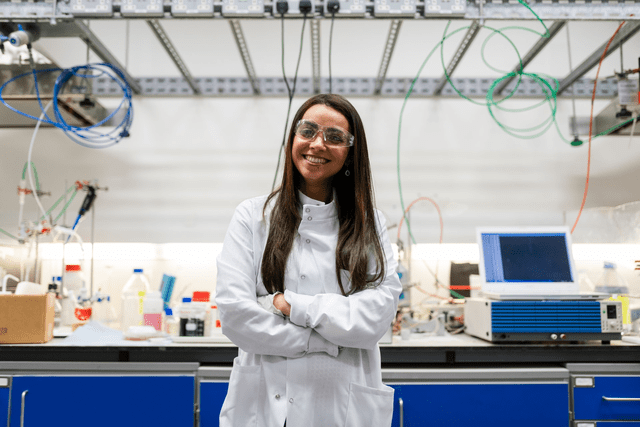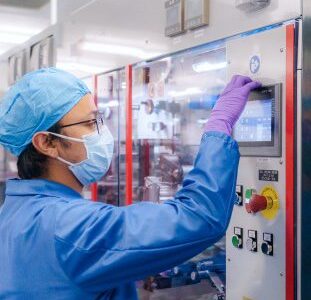The United States Department of Energy continues to financially back the nation’s shift toward a renewable economy with a recent award of $2 million to four research and development projects for co-gasification technologies. The goal is to find a way to produce cleaner hydrogen – a key step to net-negative carbon dioxide emissions. These clean hydrogen tech awards are likely to be a pivotal part of meeting the new federal administration’s climate change goals for a cleaner and greener America.
“One of the important ways to achieve net-zero carbon emissions is to find innovative approaches to create clean sources of energy like hydrogen,” said Secretary of Energy Jennifer M. Granholm. “With these awards, we’re leaning on some of America’s most brilliant minds to turn these ideas into real solutions – at the same time creating clean energy jobs and reducing pollution in the air we breathe.”
The administration has set a goal to achieve a 100 percent clean energy economy and reach net-zero emissions no later than 2050. The Department of Energy’s strong support of green hydrogen sources is a key part of meeting this goal. This funding focuses on one particular area of interest: co-gasification. Co-gasification is a process used on coal, biomass, and plastic waste to produce hydrogen and fuels with negative carbon potential. Overall, this research will improve the “cost, performance, reliability, and flexibility” of net-negative technologies. Natural gas is currently the main way to produce hydrogen – but co-gasification is cleaner. Co-gasification uses higher pressures and temperatures alongside carbon capture and storage to blend waste from biomass. It has demonstrated over and over again it’s a more sustainable, cleaner process.

The four awards enable teams at research facilities to further such technologies with a focus on sustainable feedstocks such as forestry and agriculture waste. Developing reliable co-gasification technologies is a way to introduce net-negative carbon technologies that can help alleviate concerns about potential feedstock availability and other operational issues.
- Auburn University in Alabama received a half-million dollars for a project to study the gasification performance of select feedstock mixtures in a laboratory-scale fluidized-bed gasifier. Essentially, Auburn will study coal, plastic, and biomass mixtures to understand their behavior better with a goal of establishing process models that will lead to the actual technology needed to clean up and remove contaminants from the original materials.
- At the University of Kentucky, the half-million dollars in funding will be used to develop and study coal, biomass, and plastic blend fuel by producing a hydrogen-layer encapsulated biomass suitable for slurry. Researchers will conduct lab-scale kinetic and gasification studies on feedstock blends and demonstrate practical operations for how to use the results.
“The University of Kentucky continues exploring the future of energy production to encourage cutting-edge job growth,” said Kentucky Senator and Senate minority leader Mitch McConnell. “I’m proud to support UK’s innovative pilot program and our coal communities. Kentucky remains at the center of coal research and technology, tapping into our high-skilled workforce and natural resources.”
- Across the country, the Electric Power Research Institute in Palo Alto, California, was also awarded a half-million dollars to test how coal, biomass, and waste plastic blend together to generate a specific type of hydrogen known as white hydrogen. Such testing will demonstrate the effects of waste plastics on feedstock development and the resulting products will be a focus of the research. The research team will review data, determine figures of merit and interpret results to specify the range of feedstock blends that can be successfully gasified, as well as quantify outputs based on specific blends.
- And at the University of Utah, researchers at the college’s Industrial Combustion and Gasification Research Facility will use the half-million to leverage a high-pressure, slurry-fed, oxygen-blown system to enable co-gasification of biomass and waste plastic by creating slurries of coal, biomass liquids, and liquefied plastic oil. This facility is on track with some of the most promising co-gasification processes in the nation.
This new round of co-gasification research funding was awarded less than 100 days into the new administration, which is continuing to focus on building and improving American infrastructure. This funding comes on the back of other recent awards, including $18 million to advance particle accelerator technology, another federal initiative aiming to advance clean technologies. Each of these projects will help build a diverse, skilled pipeline of American workers in clean industries. In the coming months, additional funding will be announced, including a focus on minority-serving institutions.





